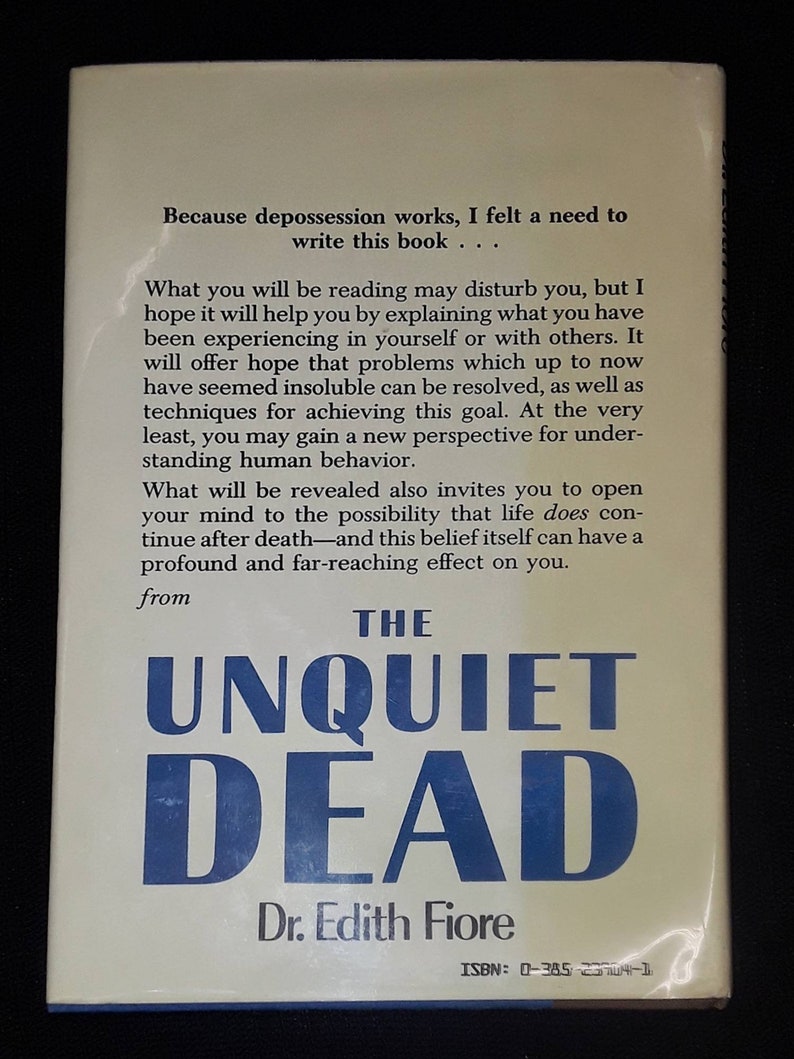
In 1911, Stanford University became the first academic institution in the United States to study extrasensory perception (ESP) and psychokinesis (PK) in a laboratory setting. Keeler, the Great Amherst Mystery and Patience Worth. Notable cases investigated by Walter Franklin Prince of the ASPR in the early 20th century included Pierre L. Largely due to the support of psychologist William James, the American Society for Psychical Research (ASPR) opened its doors in Boston in 1885, moving to New York City in 1905 under the leadership of James H. During the late nineteenth century many fraudulent mediums were exposed by SPR investigators. In 1881, Eleanor Sidgwick revealed the fraudulent methods that spirit photographers such as Édouard Isidore Buguet, Frederic Hudson and William H. Pickering reported a similar experiment in which they tested 36 subjects over 23,384 trials which did not obtain above chance scores.
#Parapsychology bangla book series
The subject was reported to have been successful in a series of 133 trials but the results dropped to chance level when performed before a group of scientists in Cambridge. Playing cards were enclosed in envelopes and a subject put under hypnosis attempted to identify them. The SPR became the model for similar societies in other European countries and the United States during the late 19th century.Įarly clairvoyance experiments were reported in 1884 by Charles Richet. Out of these, 1,684 persons admitted to having experienced a hallucination of an apparition. In 1894, the Census of Hallucinations was published which sampled 17,000 people. Among the first important works was the two-volume publication in 1886, Phantasms of the Living which was largely criticized by scholars. In the 1880s, the Society investigated apparitional experiences and hallucinations in the sane. Īreas of study included telepathy, hypnotism, Reichenbach's phenomena, apparitions, hauntings, and the physical aspects of Spiritualism such as table-tilting, materialization and apportation. Presidents of the Society included, in addition to Richet, Eleanor Sidgwick and William James, and subsequently Nobel Laureates Henri Bergson and Lord Rayleigh, and philosopher C. Early membership included philosophers, scholars, scientists, educators and politicians, such as Henry Sidgwick, Arthur Balfour, William Crookes, Rufus Osgood Mason and Nobel Laureate Charles Richet. Its formation was the first systematic effort to organize scientists and scholars to investigate paranormal phenomena. The Society for Psychical Research (SPR) was founded in London in 1882. However, flaws in the experiments were discovered and critics have suggested that Slade was a fraud who performed trickery in the experiments. According to Zöllner some of the experiments were a success. The German astrophysicist Johann Karl Friedrich Zöllner tested the medium Henry Slade in 1877. For example, the knees of the sitters may have been employed to move the table and no experimenter was watching above and below the table simultaneously. Critics noted that the conditions were insufficient to prevent trickery. Over a period of five months in 1853 he declared the experiments a success being the result of an " ectenic force". Agenor de Gasparin conducted early experiments into table-tipping. Other researchers such as Frank Podmore highlighted flaws in his experiments, such as lack of controls to prevent trickery. In 1853, chemist Robert Hare conducted experiments with mediums and reported positive results. In popular culture, "psi" has become more and more synonymous with special psychic, mental, and " psionic" abilities and powers.

The Parapsychological Association divides psi into two main categories: psi-gamma for extrasensory perception and psi-kappa for psychokinesis. The term was coined by biologist Bertold Wiesner, and first used by psychologist Robert Thouless in a 1942 article published in the British Journal of Psychology.

The term is derived from the Greek ψ psi, 23rd letter of the Greek alphabet and the initial letter of the Greek: ψυχή psyche, "mind, soul". In parapsychology, psi is the unknown factor in extrasensory perception and psychokinesis experiences that is not explained by known physical or biological mechanisms. The term originates from the Greek: παρά para meaning "alongside", and psychology. Rhine in the 1930s as a replacement for the term psychical research in order to indicate a significant shift toward experimental methodology and academic discipline. The term parapsychology was coined in 1889 by philosopher Max Dessoir as the German parapsychologie.


 0 kommentar(er)
0 kommentar(er)
